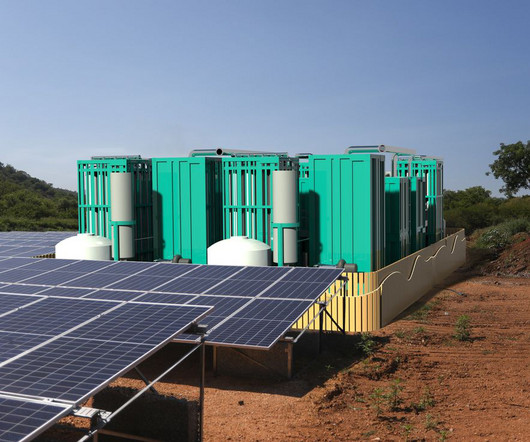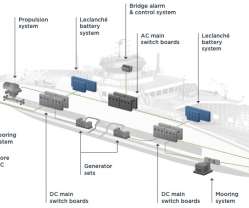Thermal Energy Storage Is No Longer Just Hot Air
Cars That Think
JUNE 12, 2023
The shipping containers, which house a Frankenstein-like assortment of machine parts—motors repurposed from Volvo truck engines, giant tanks of compressed air, huge silos of piping hot sand—are produced by a company called Cheesecake Energy. Despite its name, Cheesecake Energy isn’t in the food business.















Let's personalize your content